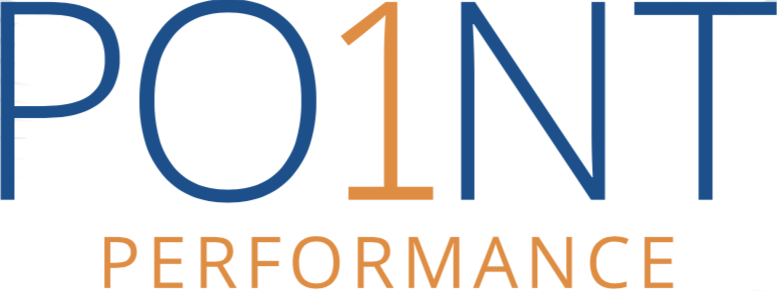Breathing is one of those activities people don’t really choose to do – people have to do it in order to stay alive, and if they stopped breathing, others would worry. However, breathing correctly is something many people don’t do. And improving your breathing technique can make a huge difference in your athletic performance and your everyday activities.
Breathing the right way can help in so many ways – from athletes who need more oxygen delivered to their muscles and tissues to stressed-out employees with tight shoulders and trouble sleeping. It’s one of the reasons so many doctors suggest meditation to their work-stressed patients.
Poor breathing techniques develop over time. Babies breathe deeply as they sleep, evident by their stomachs rising up and down. As they reach adulthood, those who lead more stressful lives tend to take shorter, shallower breaths similar to someone in panic mode. Shallow chest breaths don’t drive air through the whole body as effectively as full breaths.
If the chest is the first area to rise when someone is inhaling, that’s a sign of shallow chest breathing. A correct breath involves the belly, the ribs, and the back – nearly three times as much capacity as a shallow breath to hold the air. Full breaths mean more oxygen, which balances the body’s pH levels. Shallow breaths, on the other hand, increases more oxygen being inhaled and not enough carbon dioxide released, offsetting the pH levels and causing dizziness, insomnia, general fatigue, and panic.
Try taking a three-part breath, controlling the movement of the air through your body. Inhale into the belly, then the ribs/ sternum, then the chest. You should feel your ribs expand and posteriorly and laterally as you inhale and your belly muscles engage below the rib cage as you exhale.
Some other tips for practicing correct breathing:
- Sit in a chair and breathe in. As you do, don’t let your shoulders rise, which causes upper chest breathing. Push down on the armrests to keep your shoulders down as you inhale and release the armrests as you exhale.
- Lie on your back with your hands on the sides of your rib cage. As you breathe in, feel your rib cage expand, and as you exhale, feel your ribs drop down and your abdominal muscles contract. Try to count the length of each inhale and exhale to make them equal and to control your breathing. Start with a five-second inhale and exhale. As this becomes easier, increase the length of the breath.
- Do a cat pose by resting on your hands and knees. Inhale to prepare with the spine in a neutral position, then exhale as you round your back, neck relaxed, tailbone tucked under. Feel your ribs drop down as you exhale. Then inhale back to neutral.
Practicing yoga and meditation are some other ways to master deep breathing and techniques to push more air through your entire body. As you practice this type of breathing regularly, you’ll start to notice less tension in your body, more restful sleep, and an easier time focusing on your tasks.

